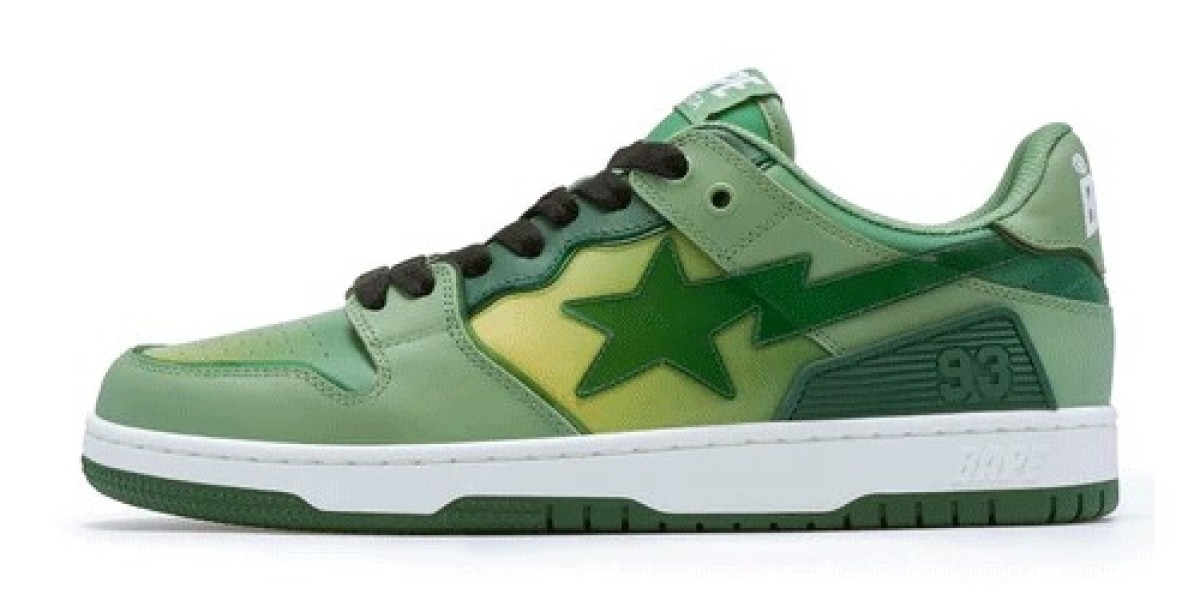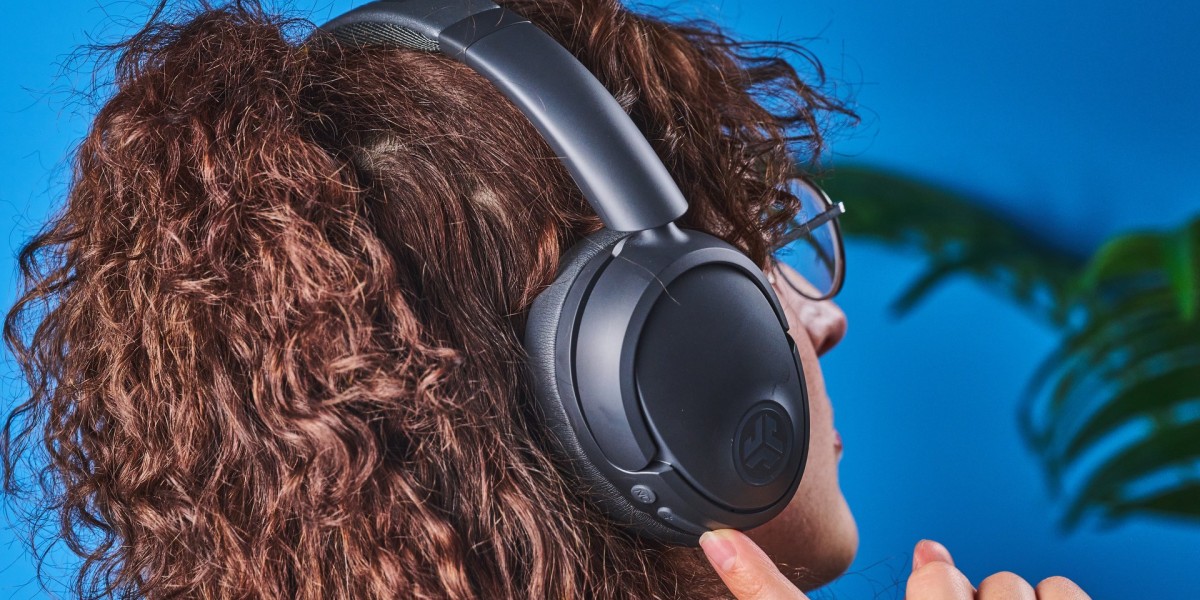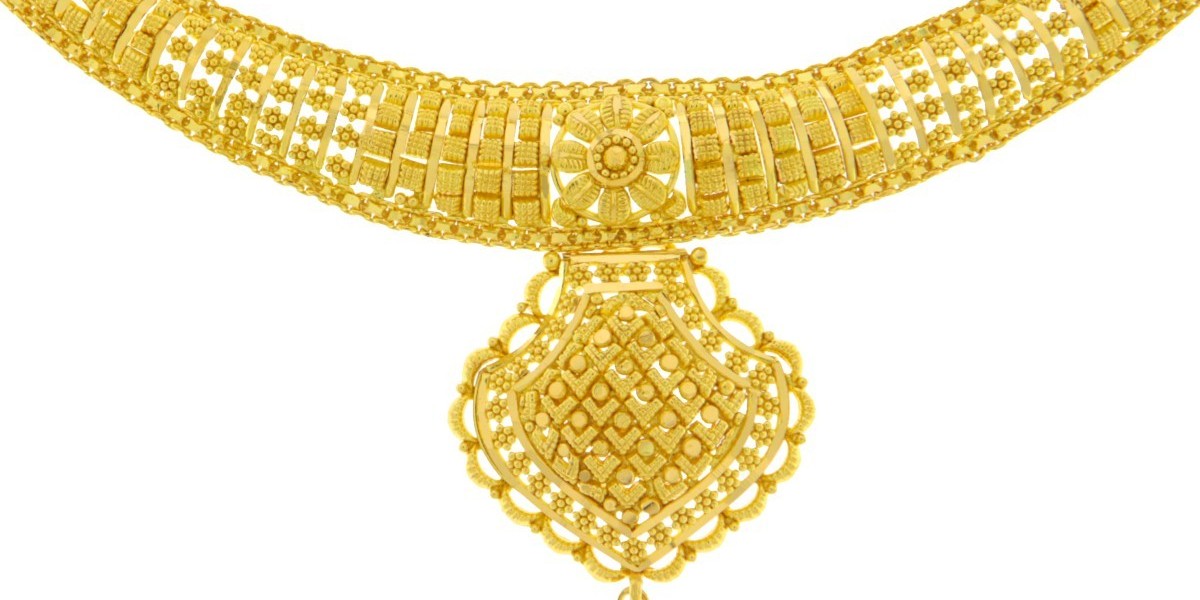In the ever-evolving world of fashion and sneakers, few silhouettes manage to achieve legendary status. The Bapesta by A Bathing Ape (BAPE) is one such sneaker—a bold, unapologetic statement of style that has influenced streetwear for over two decades. Its instantly recognizable design, rich cultural associations, and ongoing relevance make it a mainstay in the wardrobes of tastemakers, collectors, and creatives around the world.
The Birth of Bapesta: A Cultural Remix
The Bapesta first appeared in the early 2000s, introduced by Japanese fashion visionary Nigo, the founder of BAPE. At first glance, the shoe’s shape and design echo the classic Nike Air Force 1, but that was never hidden—it was intentional. Rather than a copy, the Bapesta was a reinterpretation tailored to Japanese street culture, drenched in bold colors, patent leather, and star-studded graphics.
It was a time when streetwear was still carving out its identity. Nigo’s approach was revolutionary: remixing American hip-hop culture, sneaker design, and Japanese craftsmanship into a product that was both familiar and fiercely original. The iconic "STA" logo, replacing Nike's swoosh with a lightning bolt-like star, was the finishing touch that made the Bapesta its own beast.
Bapesta in Pop Culture: Co-Signs From Icons
What truly elevated the Bapesta from a fashion piece to a cultural artifact was its adoption by some of the biggest names in music and entertainment. During the early 2000s, hip-hop was at the forefront of global culture, and artists like Pharrell Williams, Kanye West, Soulja Boy, and Lil Wayne were all seen rocking Bapestas—often customized or part of exclusive collaborations.
Pharrell and Nigo’s close friendship played a major role in this. Together, they co-founded Billionaire Boys Club and Ice Cream, which further blurred the lines between Japanese streetwear and American hip-hop fashion. The Bapesta, with its eye-popping colorways and rare drops, became a visual representation of this cultural blend.
In the same way that Jordan 1s or Yeezys symbolize certain eras and movements in sneaker culture, Bapestas came to define a moment where fashion became more than apparel—it became identity, expression, and status.
Design DNA: What Makes Bapesta Stand Out
At its core, the Bapesta retains much of the structural DNA of the Air Force 1, but the materials and branding turn it into something entirely different. Many models are made with glossy patent leather uppers, often featuring two-tone or camo combinations. The "STA" logo blazes across the side panel, and the BAPE ape head can often be found subtly embossed or printed on the heel or tongue.
Another distinctive feature is the bold use of color. While most mainstream sneakers lean toward neutral palettes for mass appeal, Bapestas embrace audacity. Neon pink, electric blue, metallic gold—nothing is off limits. This fearless color usage is a big reason why the shoe has remained a canvas for creative expression.
Unlike typical sneaker drops from larger athletic brands, Bapesta releases have always been more exclusive. Limited runs, regional exclusives, and collaborations keep the demand high and resale prices healthy. That exclusivity fuels the hype and solidifies its status as a grail item in the sneaker world.
Bapesta Collaborations: When Art Meets Streetwear
Over the years, BAPE has teamed up with a long list of collaborators to reinvent the Bapesta silhouette. Whether working with artists, fashion houses, or other streetwear labels, each collab brings a new layer to the shoe’s legacy.
One of the most iconic collaborations was with Kanye West, who released a special “Dropout Bear” Bapesta in 2007, inspired by his College Dropout album artwork. This pair is now a collector’s dream and fetches premium prices on resale platforms.
Other collaborations have included Marvel Comics, Coca-Cola, Stüssy, and more recently, brands like Coach and Comme des Garçons. These crossovers highlight how versatile the Bapesta can be—seamlessly merging the worlds of comic books, luxury, and street culture.
The Evolution of the Bapesta: Staying Relevant in 2025
Fashion moves fast, and yet the Bapesta has managed to keep its place in the spotlight. As trends shift toward nostalgia and Y2K aesthetics, the early-2000s flair of the Bapesta feels fresher than ever. Gen Z and millennials alike are turning to vintage Bapestas or reissued colorways to make a statement.
Recent years have also seen BAPE updating the Bapesta with modern tweaks—better materials, more refined construction, and subtle design changes that respect the original while improving comfort and quality. This has allowed the brand to retain its loyal fanbase while attracting new buyers.
The sneaker’s rarity also contributes to its desirability. Unlike mass-produced shoes, Bapestas are not readily available in every store. This scarcity reinforces their prestige and keeps collectors constantly on the lookout for new drops or hidden gems.
Styling the Bapesta: From Hypebeast to High Fashion
Styling the Bapesta is all about confidence. These aren’t sneakers for the shy or low-key dresser. With their loud colors and striking silhouettes, Bapestas demand attention—and the outfits built around them should match that energy.
Pairing them with oversized graphic tees, cargo pants, and vintage BAPE jackets is a classic streetwear move. On the other end of the spectrum, fashion-forward influencers have started mixing Bapestas with more tailored pieces—blazers, flared trousers, and even minimalist fits—to create an intentional contrast between high and street fashion.
The adaptability of the Bapesta speaks to its cultural reach. Whether you’re a diehard streetwear fan, a sneaker collector, or someone simply looking for a bold fashion statement, there’s a way to make them work for you.
The Resale Market and Investment Value
The sneaker resale market has exploded in recent years, and Bapestas have carved out a strong niche. Especially rare colorways, artist collaborations, or vintage models from the early 2000s can go for hundreds, sometimes thousands, on platforms like StockX or Grailed.
Their value tends to hold—or increase—over time due to limited availability and strong brand cachet. For collectors and fashion investors, the Bapesta isn’t just a shoe—it’s a piece of fashion history.
Why Bapesta Still Matters
The legacy of the Bapesta goes beyond style or hype. It represents a moment when global cultures collided to produce something original and enduring. It reflects the evolution of streetwear from underground movement to mainstream force. And perhaps most importantly, it reminds us that great design doesn’t always have to follow the rules—it can bend, remix, and reshape them.
As we move deeper into a digital, fast-paced fashion era, the Bapesta remains a symbol of authenticity. It’s a shoe with a story, a past, and a future. Whether you're lacing up a pair for the first time or pulling out a grail from your archive, the Bapesta is more than footwear—it’s a statement.








